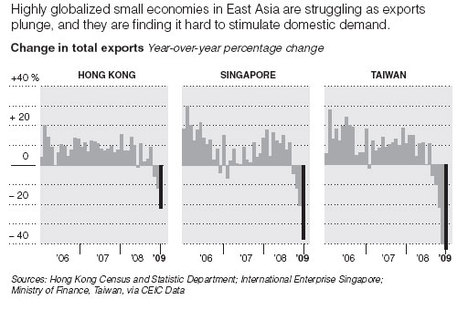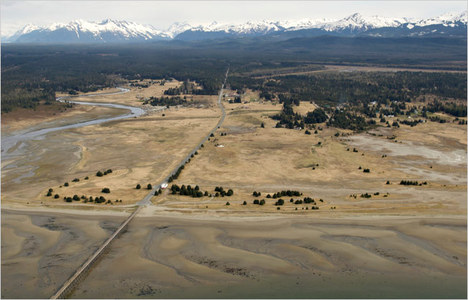 “LAX REGULATIONS; One examination in 1997 found that 97 percent of workers who applied for disability benefits from the Railroad Retirement Board were approved. Despite decades of efforts to re-evaluate the standards, the rate is as high or higher today.” Source of photo and caption: online version of the NYT article quoted and cited below.
“LAX REGULATIONS; One examination in 1997 found that 97 percent of workers who applied for disability benefits from the Railroad Retirement Board were approved. Despite decades of efforts to re-evaluate the standards, the rate is as high or higher today.” Source of photo and caption: online version of the NYT article quoted and cited below.
(p. A1) After learning that most of her career employees were retiring early and getting disability payments, the Long Island Rail Road’s president, Helena E. Williams, set out in October to learn more about the obscure federal agency in Chicago that was dispensing the money, a quarter of a billion dollars since 2000.
But when Ms. Williams asked to attend the next meeting of the agency — the federal Railroad Retirement Board, rail workers’ version of Social Security — she got a surprise.
The board, with about $34 billion in assets, had not met formally in nearly two years, and no new meeting was scheduled. The three board members, all full-time presidential appointees, rarely met even in private, employees of the agency say.
Operating out of public view, with little scrutiny from Congress and even from its former inspector general, the retirement board has become the agency that cannot say no, last year approving virtually every single disability application it received — almost 98 percent. It did not matter where rail employees lived or where they worked.
An examination of the board by The New York Times, including dozens of interviews and a review of government records, found a disability program plagued by labor-management infighting, weak standards and a failure to use tests that could better weed out specious disability claims.
. . .
(p. A25) More than a half-dozen state and federal agencies are now investigating the retirement board’s disability payments to former L.I.R.R. employees. In September, two days after The Times published the results of an eight-month investigation that documented those disability payments, federal agents raided the board’s Long Island office.
The L.I.R.R.’s disability rate, which since 2000 has ranged between 93 percent and 97 percent for retired career employees, is three to four times that of the average railroad. Workers at other railroads get disabilities just as easily, but they file for them less often because, unlike L.I.R.R. employees, they cannot retire early with a private pension plan to supplement their disability pay.
. . .
The rail unions, which have remained powerful even as the nation’s labor movement has ebbed, have aggressively defended their interests at the retirement board. Management has largely avoided a showdown, choosing to spend its political capital in other areas, including contract issues, according to current and former board officials.
“The unions have been successful not only in getting a separate system, but keeping it,” said Robert S. Kaufman, a former director of retirement claims for the board.
For the full story, see:
WALT BOGDANICH and NICHOLAS PHILLIPS. “The Railroad Disability Board That Couldn’t Say No.” The New York Times (Mon., December 15, 2008): A1 & A25.
(Note: ellipses added; the online version of the title leaves out the word “Railroad.”)

Source of time-line graphic: online version of the NYT article quoted and cited above.






